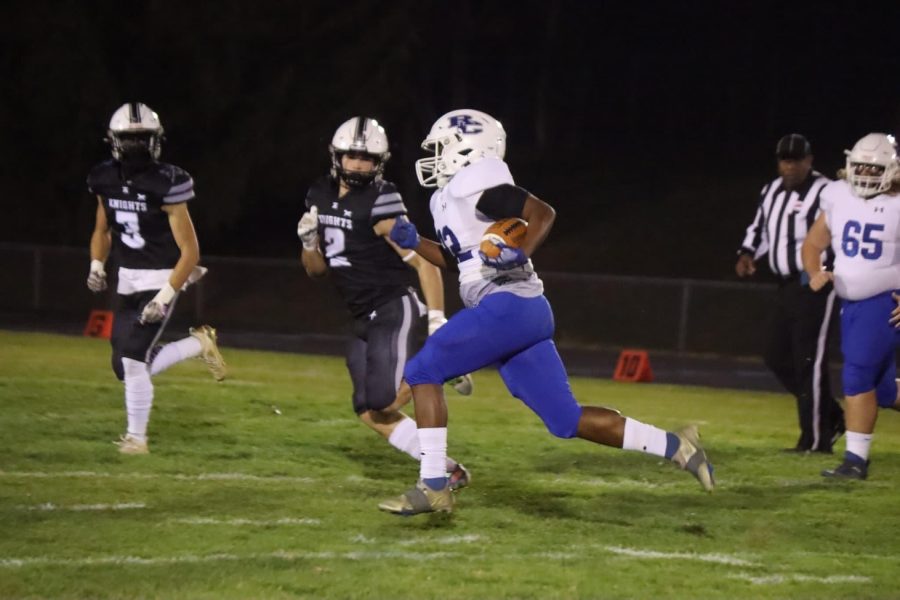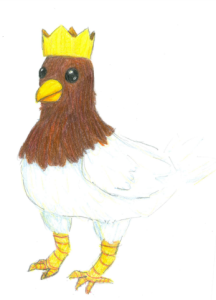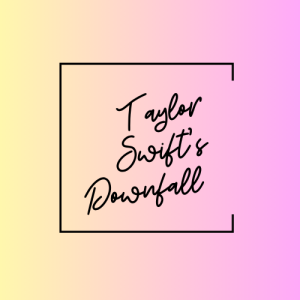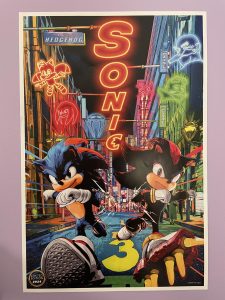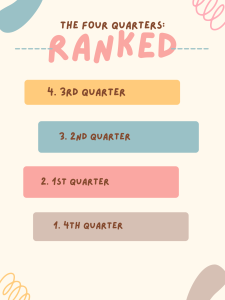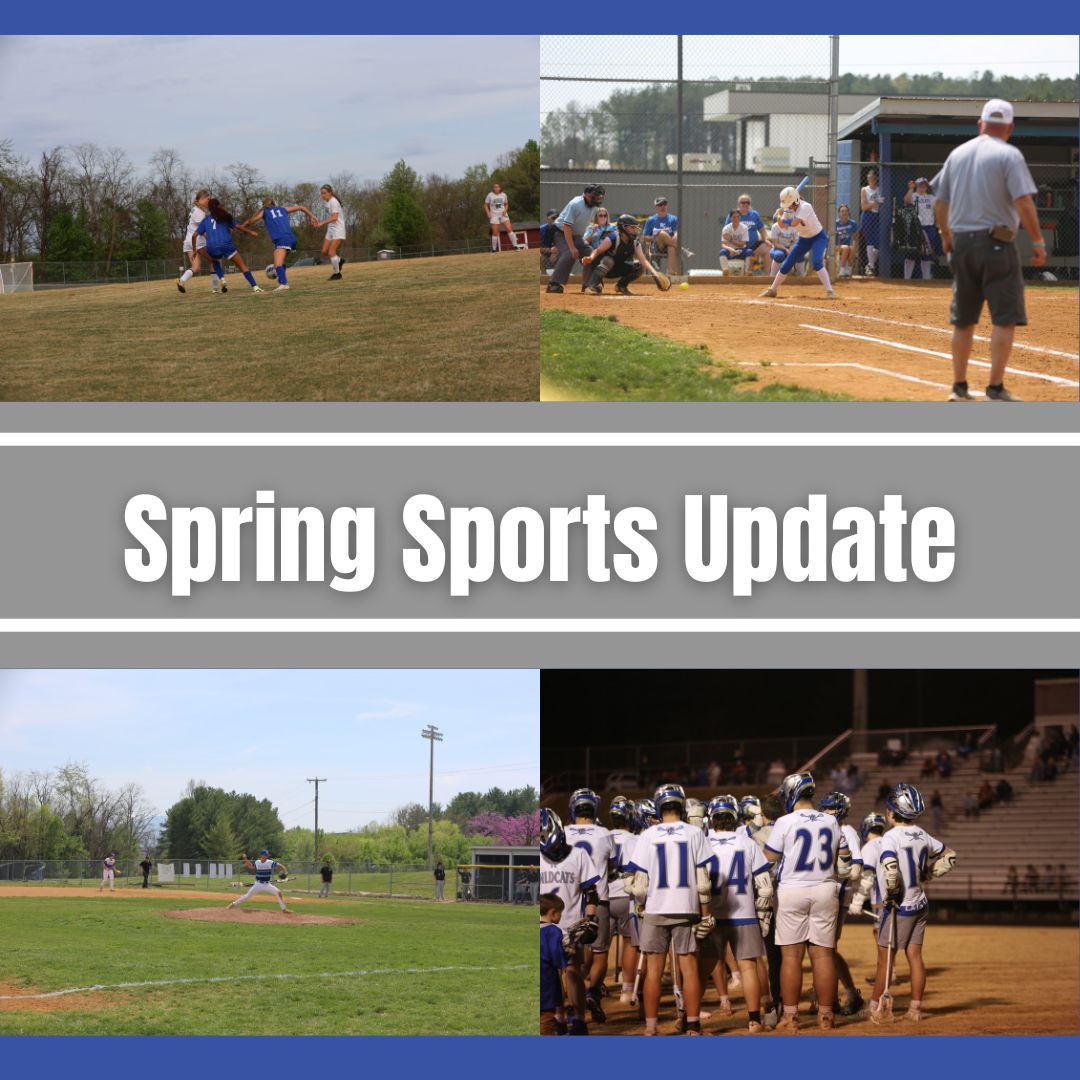Grass Proves to be a Better Field Option than Turf
RCHS Varsity team plays on a regular grass field during a fall game.
January 23, 2023
Everyone who has played a club or high school sport knows the excitement that comes with playing on a turf field. In soccer, the ball moves faster, in lacrosse, you run faster, in football, you feel like you are in the NFL. However, little do you know that you are at a bigger risk for major, life changing injuries.
According to the National Football League Players Association, when it comes to turf, players have a 28% higher chance of getting a lower extremity non-contact injury. Of those non-contact injuries, players have a 32% higher rate of non-contact knee injuries and a 69% higher rate of getting a non-contact foot or ankle injury. So when you go out to play on turf, your chances of a non-contact injury dramatically increase.
Artificial grass is significantly harder on the body than regular grass. The way that most sports cleats are made do not mix with the way turf grass works so the impact on your joints is much greater.
When it comes to football, the majority of helmets and cleats are not designed for the impact on turf. Generic cleat design is meant to be used on regular grass. Some cleats are made for turf but when you go and buy new ones, chances are you are just getting generic cleats. Many athletes prefer regular cleats because of how they fit.
In Sept. of 2022, NFL New York Giants wide receiver, Sterling Shepard, was walking after a play during a game. As he was walking to go back to the huddle, he took a step and tore his ACL. Just by walking on turf, he ended his season. The way that cleats impact on the plastic grass is unstable. If NFL teams are going to keep their turf, they need to come up with new cleat designs and new helmet designs.
When you are playing on turf, essentially you are running on concrete. When a player is tackled in football and falls, their helmets are not designed to protect them from that hard of an impact. Miami Dolphins quarterback Tua Tagovailoa has suffered two concussions this season due to the hard impact of his helmet against turf. There needs to be a redesign in helmets if turf is going to stick around.
The NFL uses turf because of its inexpensive upkeep. If turf is going to stay, major changes need to be made to cleat and helmet designs. Not just in the NFL but in any sport that plays on grass or turf, every cleat needs to be redesigned. They are paying athletes millions of dollars but are not doing what is best to keep them healthy.
According to UH Hospital and Sports Medicine, in lacrosse and soccer, when you play on turf the chances of you getting a lower extremity non contract injury increase 67%. The fast directional change in those two sports increase your chances alone but add in turf, the chances sky rocket. If you mix a quick change of direction with turf, your chances of a lower extremity injury increase 71%. Today, more soccer cleats are designed for turf but when it comes to lacrosse, there aren’t as many options since turf cleats are more expensive to manufacture.
When you buy turf cleats, they are manufactured to move with the turf grass, however due to their high price and smaller popularity, they are not bought as often. If an athlete is going to be playing on turf, they should be given a heads up and be urged to go and get turf cleats for their safety.
While it would be a little more expensive, regular grass would definitely be a safer option in the end and they could keep regular cleats and regular helmets.
Lacrosse, soccer and football all need to update their fields for the health and benefit of every athlete. It would pay off in the end.

